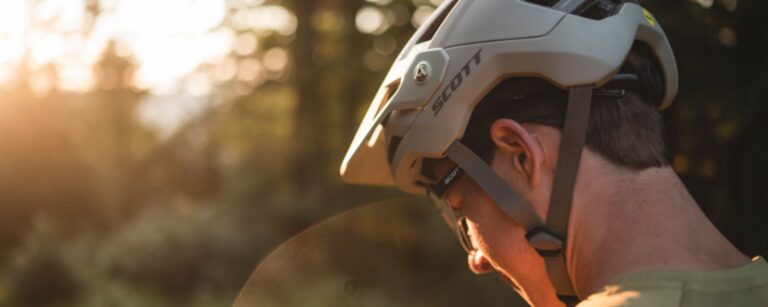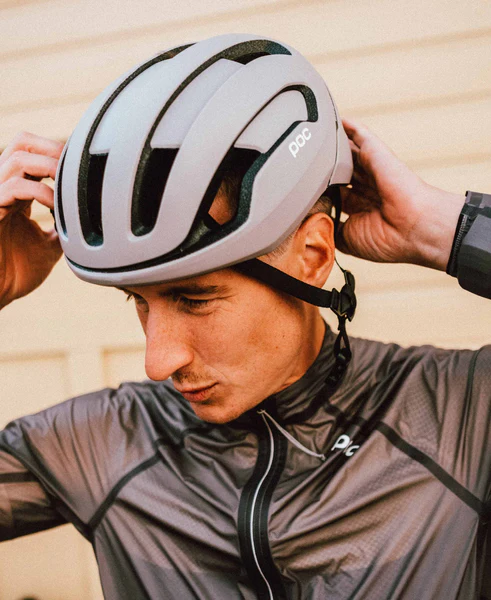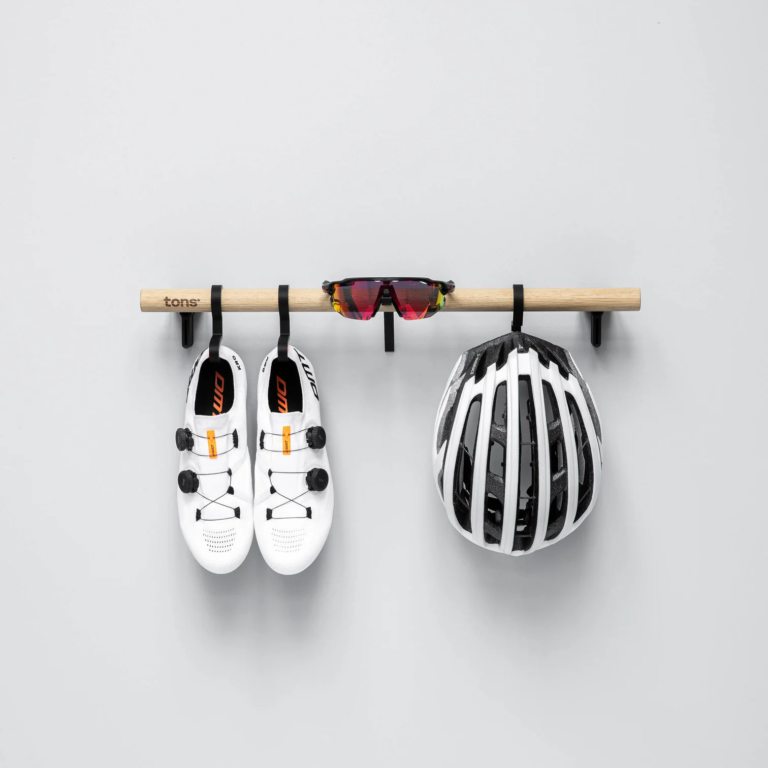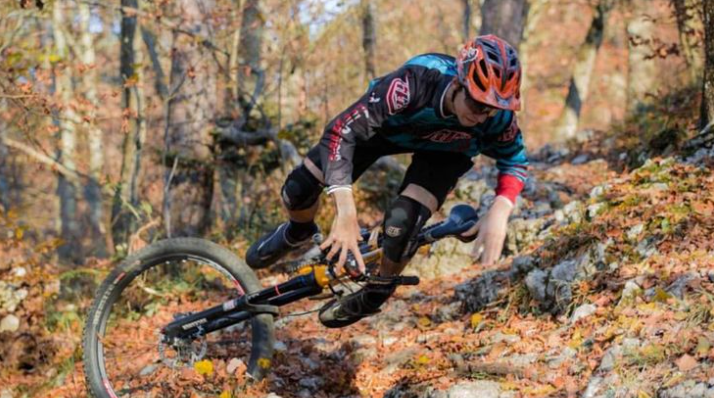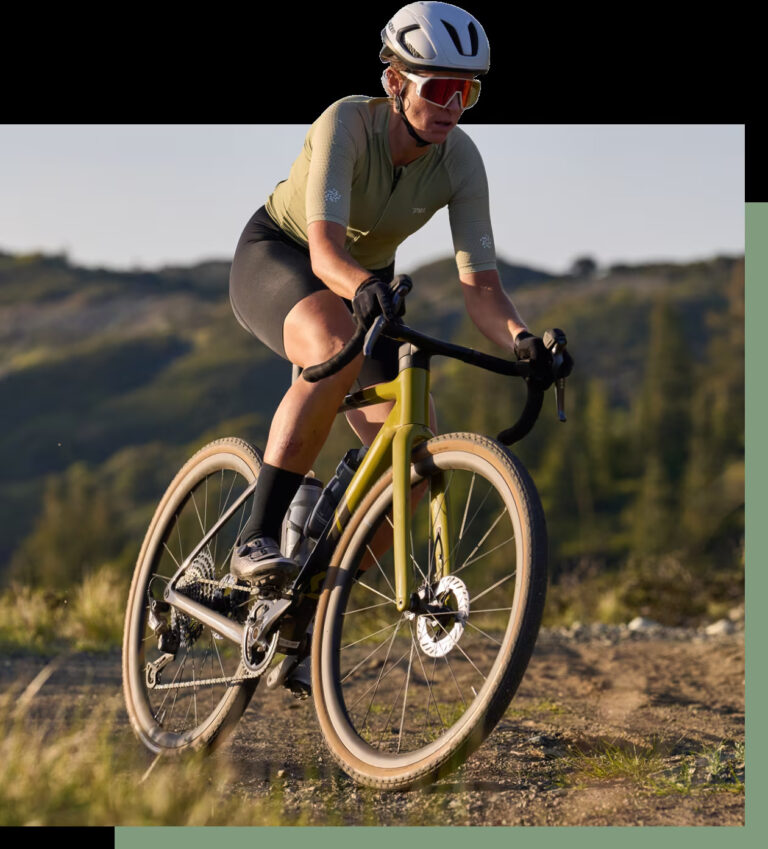Safeguard Your Ride: The Essential Guide to Helmet Ear Protection for Road Biking
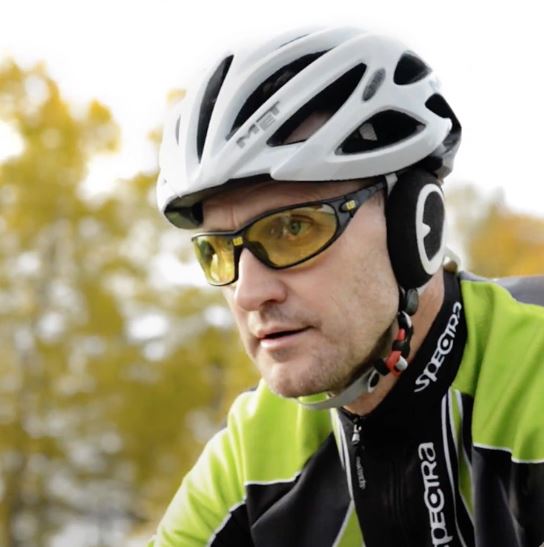
Key Point Summary of Helmet Ear Protection for Road Biking:
- Importance of Ear Protection: Ear protection is crucial for road biking to safeguard against wind noise and environmental elements.
- Helmet Accessories for Ear Protection: Various accessories, like ear covers and specialized earmuffs, can be attached to helmets for added protection.
- Impact on Hearing and Comfort: Constant exposure to wind noise can affect hearing; ear protection enhances comfort, especially in cold and windy conditions.
- Safety Considerations: While protecting ears, it’s important to ensure that these accessories do not hinder your ability to hear traffic and other important sounds.
- Different Types for Different Needs: Options range from basic wind protection to advanced noise-canceling ear protection.
As someone who has spent a considerable amount of time on two wheels, be it tearing through mountain bike trails, grinding on gravel, or competing in cyclocross races, I’ve come to appreciate every bit of gear that adds to safety and comfort. One aspect that’s often overlooked, especially in road biking, is ear protection.
Now, I know what you’re thinking – Ear protection? Really? But hear me out (pun intended). Riding at high speeds on a road bike generates a significant amount of wind noise. Over time, this isn’t just annoying; it can be detrimental to your hearing. Plus, there’s the added factor of environmental elements like cold wind and driving rain.
Understanding the Need for Ear Protection
My first encounter with the need for ear protection came on a particularly blustery day. The wind was howling, and post-ride, my ears were ringing. That’s when I started looking into helmet accessories for ear protection.
Choosing the Right Accessories
There are a few options out there. You’ve got your basic ear covers, which are great for blocking out wind and keeping your ears warm in cooler weather. Then there are more advanced options like earmuffs that not only cut out wind but also reduce noise levels, while still allowing you to hear important sounds like traffic.
Balancing Protection and Awareness
It’s crucial to find a balance. You want to protect your ears from the wind and potential hearing damage, but you also need to be aware of your surroundings. I’ve tried a few ear protection accessories that were too good at blocking sound, making it hard to hear approaching vehicles or fellow cyclists.
Personal Experience with Ear Protection
On a personal note, once I started using ear covers, my winter rides became much more enjoyable. No more sharp, cold wind cutting into my ears. And on windy days, I found that I could ride longer and more comfortably without that constant loud rush of wind.
Safety First
Remember, safety is paramount. Any accessory you add to your helmet should not compromise its protective capabilities. Also, make sure these accessories don’t obstruct your helmet’s fit and stability on your head.
There are several brands known for producing high-quality cycling gear, including ear protection, that can be used with road biking helmets. Some of these include:
- Giro: Known for their helmets, Giro also offers helmet-compatible accessories, which may include ear warmers or liners designed to fit with their helmet models.
- Skull Cap/Helmet Liners: Brands like Castelli, Pearl Izumi, and Gore Wear offer skull caps that fit under the helmet. Some of these have ear flaps for additional protection.
- Buff®: While not specifically for helmets, Buff® headwear is versatile and can be worn in a way to cover the ears under the helmet, providing protection against wind and cold.
- Lazer: Some of their helmet models come with optional winter liners that include ear pads.
When selecting ear protection, it’s essential to ensure that it’s compatible with your specific helmet model and that it does not hinder your ability to hear road traffic and other important sounds. Always prioritize safety and comfort, and consider trying a few different types to find what works best for you.
Different Strokes for Different Folks
Just like helmets, ear protection accessories need to be chosen based on individual preference and need. Some cyclists might prefer minimal ear covers for a bit of warmth, while others might opt for high-fidelity earmuffs for noise reduction.
Final Thoughts
Incorporating ear protection into your road biking gear might seem trivial, but it’s a game-changer, especially if you’re regularly exposed to harsh conditions. It’s about making your ride safer and more enjoyable.
And isn’t that what cycling should be all about? Happy and safe riding, everyone!
John
FAQ
How do I protect my ears when cycling?
To protect your ears while cycling, consider using helmet-compatible ear warmers or covers, a skull cap or cycling cap with ear flaps, or specially designed earplugs that reduce wind noise while allowing you to hear important traffic sounds. Ensure that any protection used is compatible with your helmet and does not impede your hearing of crucial environmental sounds for safety.
What to wear under bike helmet to keep ears warm?
To keep your ears warm under a bike helmet, you can wear a thin skull cap or a cycling beanie with ear flaps, a balaclava that covers your head and neck while leaving your face exposed, or ear warmers specifically designed to be helmet-compatible. These options provide warmth without compromising the fit of your helmet.
What are the ear covers for bike riding?
Ear covers for bike riding are accessories designed to protect your ears from cold, wind, and noise while cycling. They can be standalone ear warmers that attach to the helmet straps, integrated into skull caps or cycling beanies worn under the helmet, or part of a balaclava that covers the head and neck. These covers provide warmth and wind protection without significantly affecting your ability to hear important sounds like traffic.
